Recently, I got some new hardware and figured it would be a good chance to do a little side-by-side comparison of a handful of AMD processors using wPrime. What I discovered is after the jump.
This past summer, I built my wife a new PC to replace the aging, Athlon 64 X2 machine I had cobbled together a few years ago. Built around AMD’s A8-5500, it was the newest processor in our house. My main desktop was running a mildly overclocked Phenom II X3 720.
Once I’d completed this new build, I got the itch to upgrade my own desktop, seeing as how my wife was now running a quad-core at the same clockspeed as my own triple-core was running. I found the FX-6300 hex-core on sale for just shy of $100 shipped.
With this convergence of hardware, I decided to see how this handful of processors did running wPrime, a multi-threaded program that benchmarks by calculating square roots.
This first graph includes the results of the fileserver I have, as well. It’s running on an E-350-based Sapphire motherboard. The E-350 was the first generation of AMD’s foray into low-power processors, something of a competitor to Intel’s Atom line.
To make it fair, I ran benchmarks using an equal number of threads across processors, up to the maximum number of cores the processor had. The field was fairly wide in the initial 2-thread run:
As you can see, the E-350 throws things a little out of whack, taking more than double the time the next-slowest processor. The E-350 is a different sort of beast from the rest of these processors. Small, cheap, and slow, it was intended for low-cost machines and undemanding tasks. Hence, it’s my fileserver. The real meat here is the comparison of the other processors, representing several generations of AMD hardware.
The numbers are almost neatly a staircase here, and roughly what I expected. The Athlon 64 X2 +5400 is nearly seven years old now, dating back to the early days of multi-core processors. At 32-1/2 seconds, the FX-6300 beats it by nearly five seconds in this dual-threaded test.
However, that points to the first worrying sign. The fastest result is the FX-6300, prior to the Bulldozer hotfix being applied. Essentially, due to the FX’s slightly strange architecture, Windows needed to be patched in order to help assigning software threads to cores so as to not tie up the two int cores that share the same fp core, while leaving another entire module idle.
So I patched Windows and reran the tests, leading here to the FX-6300 falling behind the Phenom II, a processor approaching its fifth birthday. Even more worrying, the FX-6300 is running 700 MHz faster than the Phenom II, and even without the Bulldozer patch, it was barely more than a second ahead of the PII.
Soldiering on, I ran the triple-threaded tests, which leaves the Athlon 64 X2 behind.
AMD’s just messing with us all now, they must be. Here’s a five-year old processor beating the brakes off AMD’s current generation. Something worth mentioning, too, is that I left Turbo on for the FX-6300, and watched the clockspeed hold steady around 3.8 GHz, spiking occasionally to the full 4.1 GHz the processor is capable of. Because I’m a masochist, here’s what happened when I put the Turbo-enabled FX against the PII. The PII I measured at the stock 2.8 GHz, at 3.2 GHz, which was my day-to-day overclock, and 3.5 GHz, so as to match the base clock of the FX.
Sweet christ, at 3.5GHz, the PII is 5 seconds ahead of the FX. And once again, the Bulldozer hotfix hurt the results, although less dramatically than before. OK, now I need to feel like I didn’t just piss $100 down my leg; let’s have a look at the quad-thread results:
Mmm, yeah, I like that. Here is the FX handily beating the A8-5500. And the Bulldozer patch actually helped the results in both cases.
Finally, I had a look at the results for all these processors (minus the E-350) at stock clocks and as many threads as there were cores.
The results aren’t fantastic for this current generation of AMD processors. The Phenom II beats the A8-5500, despite having one less thread and running 400 MHz more slowly. However, the FX puts in a healthy performance, beating the Phenom II by better than six seconds.
While at a glance, it looks like AMD has made a fair bit of progress since the Athlon 64 days, it’s a bit alarming that the FX-6300 takes triple the cores and a 700 MHz clockspeed advantage to best the A64 by only 55%. The dual-threaded tests only have the advantage to the FX by 15%. Keep in mind that AMD’s K8 architecture, which the A64 was based on, dates back to 2003. The 5400+ model tested here was released in 2006. Meanwhile, the K10 arch, which is what the FX series and A series are based on, dates back to 2011. The A8-5500 debuted in October 2012, as did the FX-6300, three weeks later.
Disappointing as the results turned out when these processors were put head-to-head, It’s all right. I’ve got a processor now that will still hold up long enough for the rumored Zen architecture to come out, reported to be 2016. In a perfect example of history repeating itself, AMD has seen the error of their long-pipeline ways and are shortening the pipelines and moving away from CMT to SMT. Minus the CMT misstep, this is exactly what led to Intel’s Core architecture, aka “when they started beating AMD bloody in performance.”
Let’s hope AMD gets back on track with Zen. The Bulldozer-derived architecture is a dead-end, as we see now. Interesting as it would be to see what would come should AMD get out of the x86 business, I’d prefer to keep throwing my money at them for years to come.


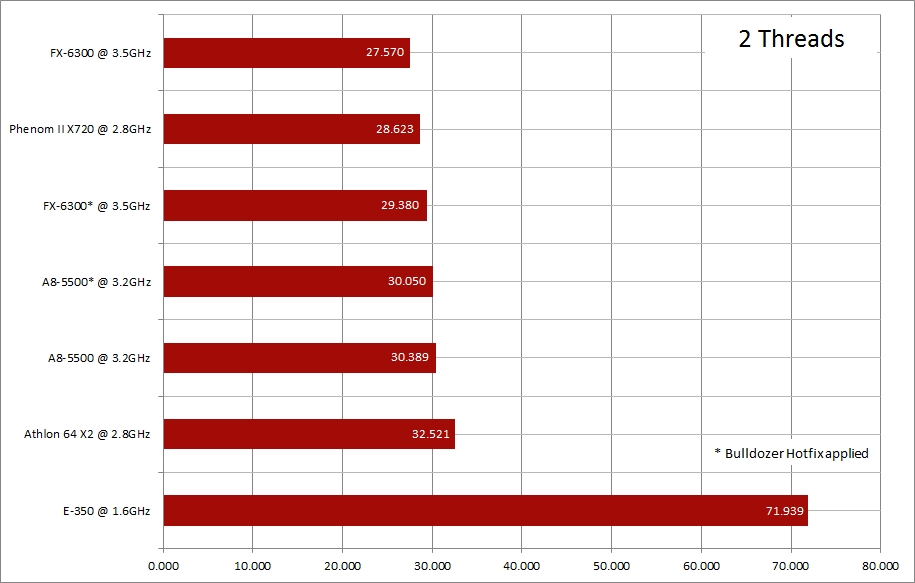
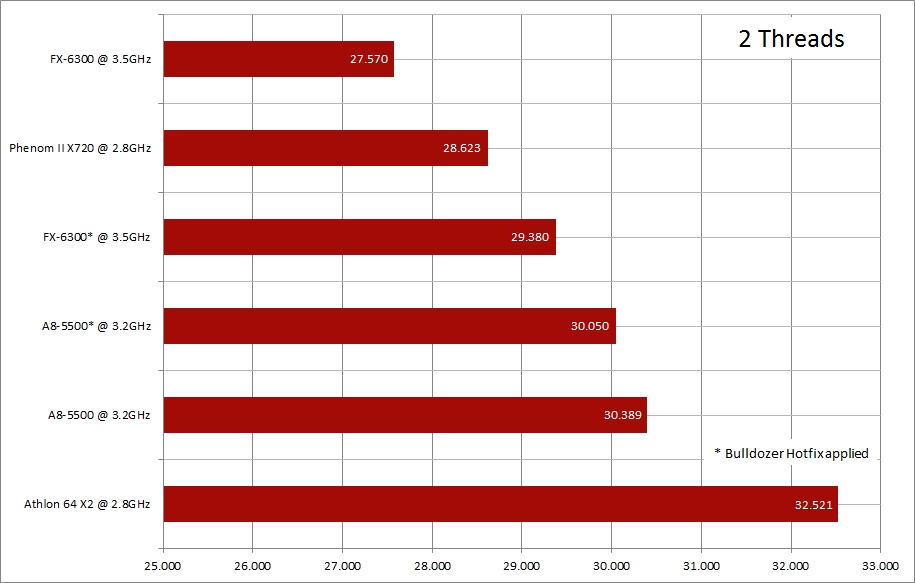
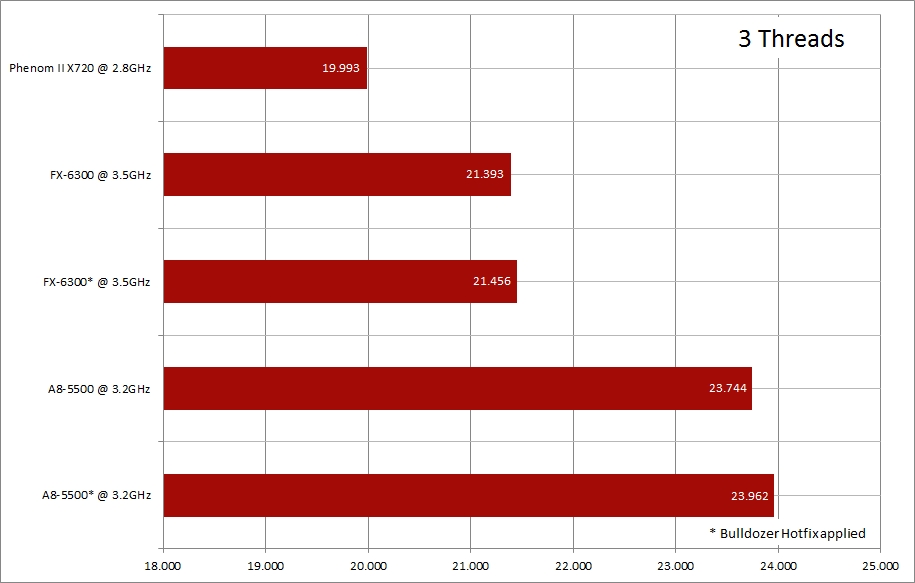
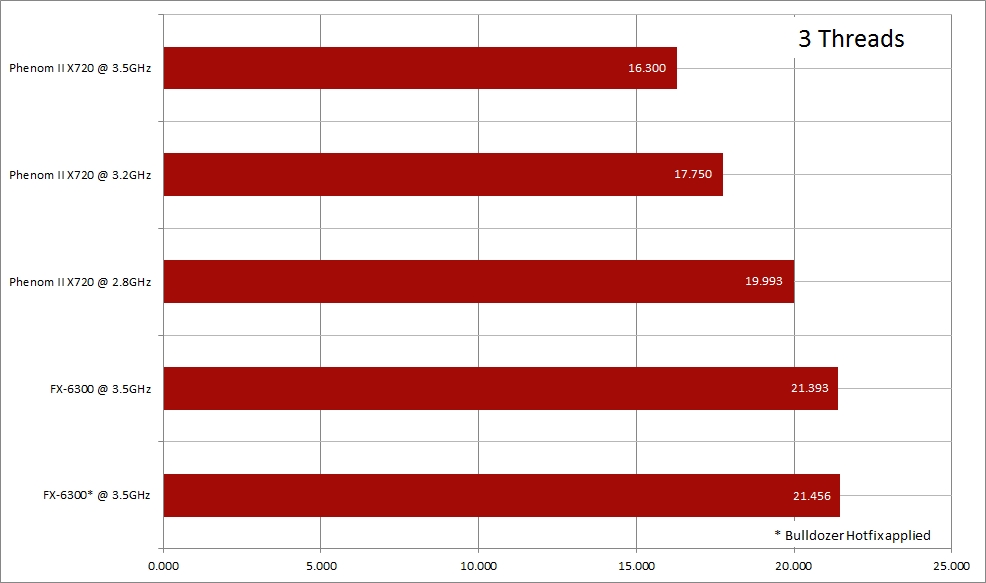
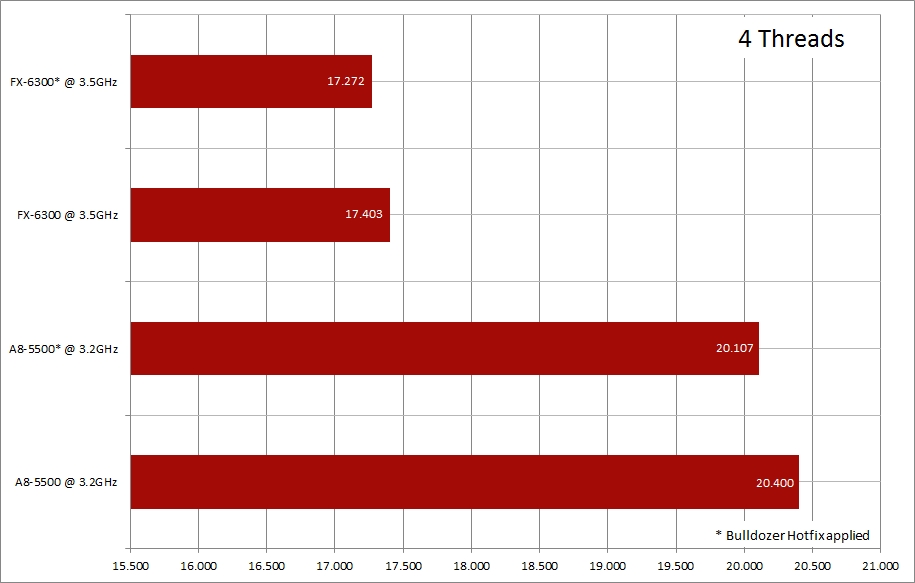
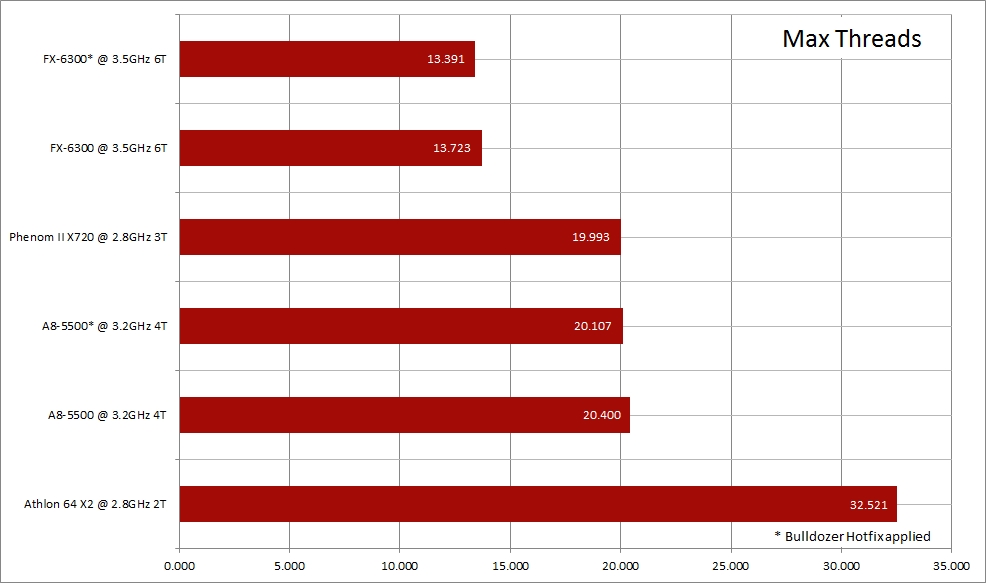
Recent Comments